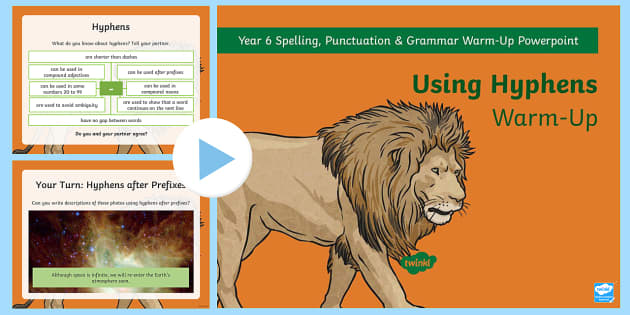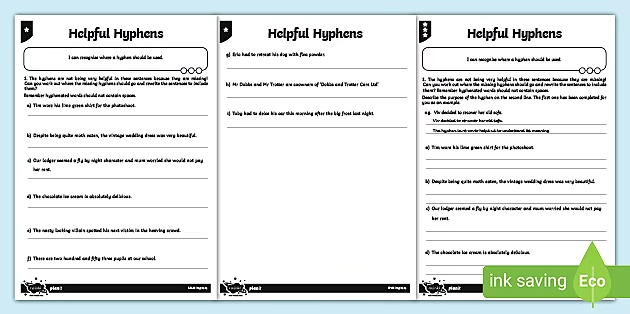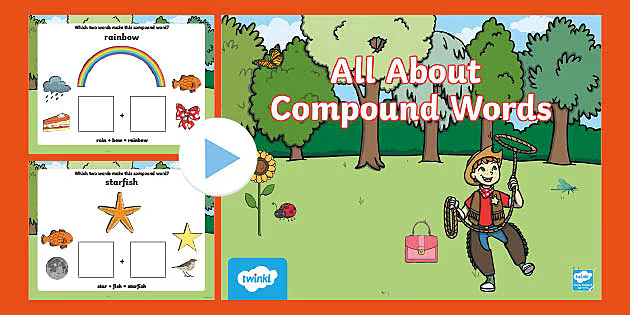

Hyphens are a form of punctuation mark. They can be used to join words or parts of words. It’s not interchangeable with other types of dashes.
They look like this '-'.
They can be used for a variety of purposes. For example:
Hyphens are most commonly used to join two or more words together.
For example, they can be used to create compound adjectives, that join two nouns together into a single idea.
State-of-the-art
Hyphens can be used to create original compound verbs, usually to humorous effect.
The skateboarder face-planted his entire career
The clown custard-pied his way through life
Hyphens are used to tell the age of people or objects
The couple had a three-year-old-child
The man ate a three-year-old sandwich
Hyphens are used unless the age is written in the plural form
The child is three years old
If you are worried that readers will become confused by descriptions, hyphens can be used to avoid this.
Springfield has little-town charm.
This sentence implies that Springfield has the charm of a little town.
Without it, the reader may think that the town has little charm, which is the opposite of the writer's intention in this case.
Hyphens can also be used to describe the time-frame of an event, such as one that lasts from 3:30pm to 4:30pm
The meeting will take place on Monday 3:30-4:30
Hyphens should also be used to separate all numbers from twenty-one through ninety-nine.
Hyphen punctuation marks are often confused with dashes, so you might need to teach students how to sport the difference in how hyphen punctuation marks are used differently to dashes. A hyphen punctuation joins two or more words together, while a dash separates words into parenthetical statements. The two are sometimes confused because they look so similar, but their usage is different. Hyphen punctuation marks are not separated by spaces, while a dash has a space on either side.
Hyphens are shorter than dashes, and link two words so the word or phrase makes sense. On the other hand, dashes separate information and are a type of parenthesis, like brackets.
We have a great number of hyphen punctuation resources and teaching aids for you to choose from and explore. All of our hyphen punctuation resources, worksheets, PowerPoints, posters and more are all made and tested by real teachers with experience teaching in the classroom to the aims of the 2014b National Curriculum. Read on to find some of our favourite and reliable resources and teaching aids that could help you plan your punctuation lessons.
Working with Worksheets: Worksheets are an excellent way to help children take an active role in learning to recognise, understand and use hyphen punctuation marks. Take a look at this Helpful Hyphens Differentiated Worksheet Pack as a great place to start. Each worksheet is teacher made to help teachers plan exciting and engaging lessons. Worksheet are also an excellent way to plan homework and home learning activities as an extension to classroom learning
Punctuation PowerPoints: PowerPoints are an excellent way to introduce new topics and areas to the whole class at once. These hyphen resources especially engage visual learners with even more visual and video resources. To get started, we have a brilliant Hyphen Warm-up PowerPoint to help you plan several hyphen punctuation lessons. This warm-up PowerPoint is a fantastic tool to revise key skills in Grammar, Punctuation and Spelling. This PowerPoint focuses on identifying and using hyphens within a piece of writing. Great for an opening activity to a Literacy lesson or as a morning starter task.
Get Creative with our Displays: Display walls and working walls are an important and useful tool to any teacher and classroom. By brightening up your classroom with our Hyphen punctuation mark display items, students will be able to learn from their learning environment. These items can prompt and motivate students throughout their lessons, helping them develop whilst enjoying lessons. Here, you can find a brilliant hyphen punctuation poster displaying useful information and lovely illustrations for thebhyphen punctuation. This resource covers punctuation and our own hand-drawn images to illustrate it
 Home
Home  Membership
Membership  Customer Support
Customer Support  Create
Create  Blog
Blog 
























